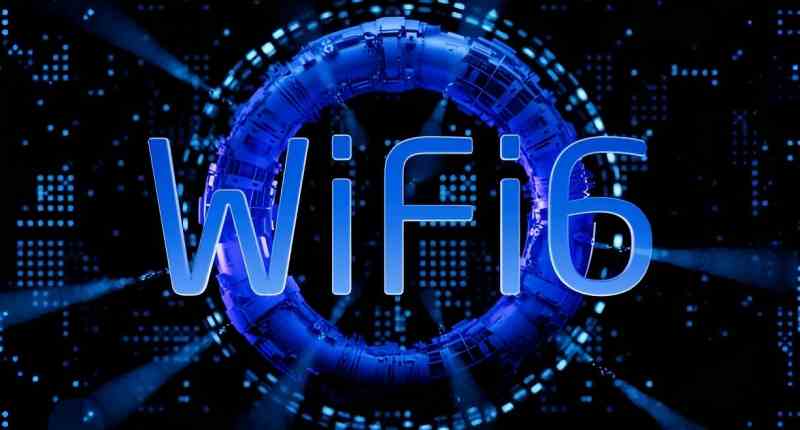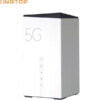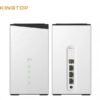What Is the Difference Between KingTop Mobile Hotspots M2C and M2H?
With the widespread expansion of 5G networks, the demand for reliable mobile internet access has never been higher. Whether you’re working remotely, traveling internationally, or managing an outdoor project, having a fast and stable mobile hotspot is essential. Kingtop, a leading Chinese 5G hotspot manufacturer, offers two popular models in this space: the Kingtop M2C and the Kingtop M2H. Both are portable, high-performance 5G MiFi devices, but they come with different specifications tailored for different user needs.
So, what exactly is the difference between Kingtop M2C and M2H mobile hotspots? Let’s dive into a detailed comparison that focuses on USB speed, network capabilities, Wi-Fi technology, ENDC support, and real-world application scenarios.
Overview of Kingtop M2C
The Kingtop M2C is a compact and efficient 5G mobile hotspot designed for light to moderate usage. It features a MediaTek MT6833 octa-core processor and supports 5G NR Sub-6GHz, as well as 4G LTE networks. The device comes with a 2.4-inch display and is powered by Android 11, offering a user-friendly interface.
Key specifications include:
-
Download Speed: Up to 2.77Gbps (5G), 391Mbps (LTE)
-
Wi-Fi Support: Wi-Fi 5 (802.11ac)
-
Max Connections: 16 devices
-
USB Port: USB 2.0
-
Battery: 4400mAh (up to 576 hours standby)
-
Operating System: Android 11
-
Network: 5G SA/NSA, LTE FDD/TDD
The M2C is ideal for students, freelancers, and business travelers who need a stable 5G connection without heavy technical demands.

Overview of Kingtop M2H
The Kingtop M2H shares a similar exterior design and platform but introduces important hardware and connectivity upgrades. Most notably, it supports ENDC (E-UTRAN New Radio Dual Connectivity), a key feature that enables simultaneous connection to both 5G and 4G networks. This dual connectivity allows the device to intelligently aggregate bandwidth for faster speeds and more reliable connections, especially in areas with inconsistent 5G coverage.
Key differences in the M2H include:
-
ENDC Support: ✅ Yes (Not available in M2C)
-
USB Port: USB 3.0 (significantly faster than USB 2.0)
-
Wi-Fi Support: Wi-Fi 6 (802.11ax)
-
Same Processor: MediaTek MT6833
-
Same Battery & OS: 4400mAh, Android 11
These improvements make the M2H more suitable for enterprise applications, remote work in data-heavy environments, and users who demand top-tier performance from their 5G MiFi devices.

ENDC Support: The Game-Changer
The most critical difference between M2C and M2H is the ENDC functionality. ENDC stands for E-UTRAN New Radio Dual Connectivity. It allows the device to connect to both LTE and 5G NR at the same time, effectively combining the strength of both networks.
This results in:
-
Faster download and upload speeds
-
Increased network stability
-
Seamless transition between 4G and 5G zones
-
Optimized real-time performance for video calls, streaming, and industrial applications
For users operating in environments where pure 5G signals may be intermittent, ENDC ensures a consistently high-speed experience. This is especially important for fieldwork, mobile offices, or smart transportation systems.
USB Port: 3.0 vs. 2.0
Another significant difference is the USB interface. The M2C uses USB 2.0, while the M2H is equipped with USB 3.0. This translates to a massive leap in data transfer capability:
-
USB 2.0: Up to 480Mbps
-
USB 3.0: Up to 5Gbps
For users who need to tether the hotspot to a computer or transfer large files via wired connection, the M2H’s USB 3.0 port provides 10x faster performance, making it ideal for video uploads, streaming content, or even as a local backup internet solution for business continuity.

Wi-Fi 6 vs. Wi-Fi 5
The M2H further enhances wireless connectivity by adopting Wi-Fi 6 (802.11ax), whereas the M2C supports Wi-Fi 5 (802.11ac). The benefits of Wi-Fi 6 include:
-
Higher data throughput
-
Lower latency
-
Better performance in crowded networks
-
Improved battery efficiency for connected devices
-
Enhanced security with WPA3
This makes the M2H more future-proof and ready for use in smart home, office, or IoT-intensive environments.

Use Case Comparison
| Use Case | Kingtop M2C | Kingtop M2H |
|---|---|---|
| Personal use | ✅ | ✅ |
| Business travel | ✅ | ✅ |
| Remote working | ⚠️ (Good) | ✅ (Excellent) |
| Industrial application | ❌ | ✅ |
| Data-intensive operations | ❌ | ✅ |
| USB tethering at high speed | ❌ USB 2.0 | ✅ USB 3.0 |
| Dual network aggregation (ENDC) | ❌ | ✅ |
Conclusion:
While both the Kingtop M2C and M2H mobile hotspots are excellent 5G MiFi devices, they serve slightly different markets. The M2C is perfect for personal and light professional use, offering affordable and efficient performance with reliable 5G support. Meanwhile, the M2H is tailored for professionals, enterprises, and anyone who requires ENDC dual network connectivity, USB 3.0 high-speed data transfer, and Wi-Fi 6 stability.
In summary:
-
Choose M2C if you need a budget-friendly, entry-level 5G hotspot with solid performance.
-
Choose M2H if you need a high-performance, enterprise-grade hotspot that offers ENDC, USB 3.0, and Wi-Fi 6.
Both models reflect Kingtop’s commitment to quality and innovation, reaffirming its position as a top Chinese industrial hotspot supplier in the global market.













Leave a reply